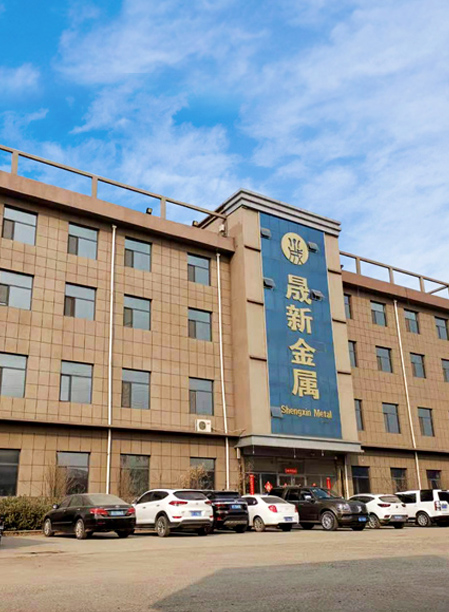

Aug . 01, 2024 01:41 Back to list
Temporary Fencing Solutions for Construction Sites and Events Across Australia for Enhanced Safety and Security
Temporary Fencing in Australia Essential for Safety and Security
In Australia, temporary fencing has become an integral part of construction sites, public events, and various other applications requiring enhanced safety and security. With diverse requirements across different sectors, the demand for reliable temporary fencing solutions has seen a steady increase. This article explores the significance, types, and benefits of temporary fencing in Australia.
The Importance of Temporary Fencing
Temporary fencing serves as a crucial barrier that protects both the public and construction workers. During construction and renovation projects, these fences help to prevent unauthorized access to potentially hazardous areas. They serve not only as a visual deterrent but also as a physical barrier that enhances safety measures on site. For public events and festivals, temporary fencing delineates the event area, ensuring crowd control and effective management of attendees.
Moreover, temporary fencing plays a vital role in maintaining safety standards and compliance with local regulations. In Australia, construction sites are subject to stringent laws and guidelines that mandate security measures to protect workers and the public alike. Using temporary fencing helps contractors meet these legal requirements, avoiding fines and penalties related to safety breaches.
Types of Temporary Fencing
There are several types of temporary fencing available to suit different needs
1. Construction Fencing Utilized at construction sites, this heavy-duty fencing is designed to withstand harsh conditions. It often features robust panels made of wire mesh or chain link that ensure durability and strength.
2. Crowd Control Barriers Commonly used for events, festivals, and parades, these barriers help manage crowds by preventing unauthorized entry and guiding foot traffic.
temporary fence austrilian

4. Windbreak Fencing Particularly useful in agriculture, this type of fencing mitigates the impact of wind on crops, providing necessary protection for farmers.
5. Theft Prevention Fencing These are often used on commercial sites to prevent theft and vandalism, providing an extra layer of security during non-operational hours.
Benefits of Temporary Fencing
One of the primary benefits of temporary fencing is its versatility. The system can be easily set up and dismantled depending on the project's requirements. This flexibility allows it to be used in a variety of environments, including urban, rural, and remote locations.
Additionally, temporary fencing is cost-effective. Compared to permanent fencing solutions, the temporary option minimizes capital expenditure, making it an attractive choice for contractors or event organizers with budgets to consider. Rentable options further enhance affordability, allowing clients to pay only for the duration they need the fencing.
Another significant advantage of modern temporary fencing is its ease of installation. Most systems can be rapidly deployed with minimal tools and personnel, ensuring that safety measures are in place quickly.
Conclusion
Temporary fencing in Australia is more than just a physical barrier; it is a crucial component for ensuring safety and security across various sectors. With numerous options available, stakeholders can choose the fencing type that best fits their specific needs, thereby enhancing protection for both people and property. As Australia continues to grow and evolve, the significance of reliable temporary fencing remains evident—standing firm as a testament to safety, compliance, and responsible management in construction and events alike.
-
Powder Coated Double Wire Mesh Fence for Germany Market - Anping County Shengxin Metal Products Co., Ltd.
NewsJul.21,2025
-
Powder Coated Double Wire Mesh Fence - Anping County Shengxin Metal Products Co., Ltd | Durable, Eco-Friendly
NewsJul.21,2025
-
Powder Coated Double Wire Mesh Fence-Germany Market|Corrosion Resistance&Customizable Fencing
NewsJul.21,2025
-
Powder Coated Double Wire Mesh Fence - Anping County Shengxin Metal Products Co., Ltd | Durable, Aesthetic, Eco-friendly
NewsJul.21,2025
-
Powder Coated Double Wire Mesh Fence for Germany Market-Anping County Shengxin Metal Products Co., Ltd|Durable,Eco-Friendly
NewsJul.21,2025
-
Durable and Aesthetic Home Garden Steel Picket Fence Panels - Galvanized and Powder Coated|Anping County Shengxin Metal Products Co., Ltd
NewsJul.21,2025